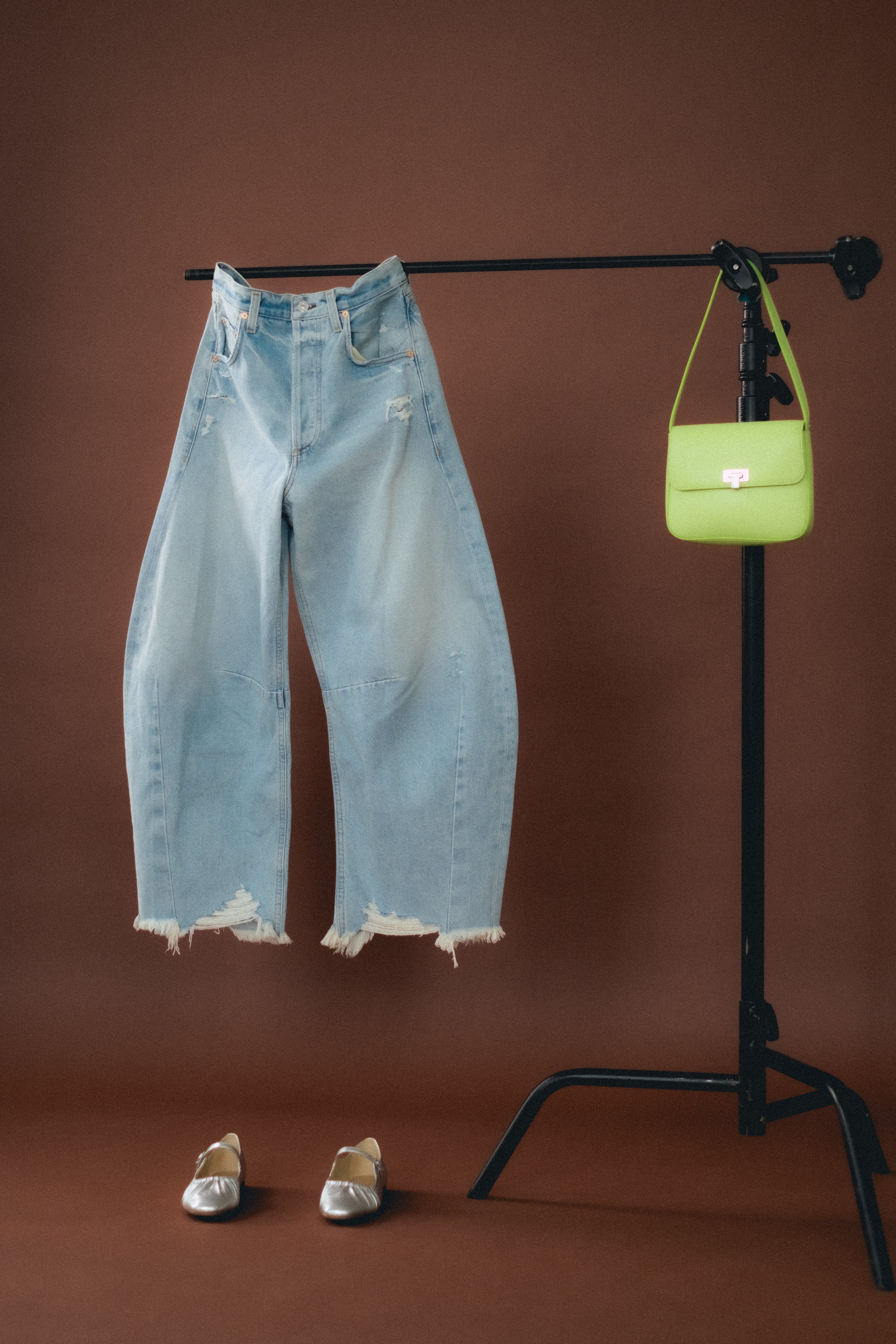
Eco, Sustainable, Ethical, Greenwashing: Unraveling the Lingo of Conscious Fashion
The conscious movement has been on the rise in recent years, as collectively, we become more aware of the fashion and clothing industry's eco-footprint.
Many sizeable online outlet retailers have added various labels to their search tabs, allowing users to search by any number of preferences: animal friendly, ethically produced, organically sourced, and so on. Many of these labels sit under a broader umbrella term of ‘Conscious’ - but what does that mean? And what do these labels represent in reality?
We’ve got you covered. Below is a short ‘Conscious Fashion Dictionary’ of sorts to help you get to grips with what all the terminology means.
A Short Conscious Fashion Dictionary
Some of the below might be used interchangeably or with slightly different wording, but here are some of the most commonly used terms and an overview of what they mean.
Ethically/Fairly Sourced
When an item of clothing is ethically or fairly sourced, it means the entire life-cycle of sourcing the item meets ethical and fair standards. This includes the design, labor, and materials of the item. For example, an ethically sourced design means the designer is paid for and fairly acknowledged for their creative contribution. Fairly sourced materials means that producers of the materials are fairly paid for producing them.
Organic/Organically Made
Organic clothing is made from materials grown in conditions that meet organic agricultural standards. This generally involves no pesticides or artificial fertilizers in the production process, and the land from which the raw materials are grown is also pesticide and fertilizer-free.
With organic clothes, you need to pay attention to the labeling - especially the semantics of the words. Many clothing manufacturers put ‘organic’ on the tag to encourage you to buy their products, but just having ‘organic’ on the label doesn’t mean anything. Look for certified organic clothes approved by a recognized certifying authority.
Eco-Production/Eco-Manufacturing
Eco-production or manufacturing takes a step back from clothing manufacturing and asks where it can be more economical and environmentally friendly. It’s no secret that producing clothes uses many resources and, historically, has created a lot of waste products.
Just as an example, according to the UN, one pair of jeans takes 7,500 liters of water to make. Eco-production attempts to reduce the waste and environmental impact of clothing manufacturing.
Sustainable/Sustainably Produced
Sustainable production involves the creation of clothing using processes that are: non-polluting, conserve natural resources, are economically viable, and promote safe and healthy work environments for workers and surrounding communities.
Sustainable measures aim to reduce the overall impact of clothing manufacturing across the board and minimize environmental damage.
Animal Friendly/Animal Considerate
This one is (hopefully) a bit of a no-brainer. Again, it refers to the entire manufacturing process of a garment, ensuring there are no animal parts involved in production. Within clothing, animal parts include angora, wool, leather, down, and fur.
There are plenty of natural alternatives and faux materials that imitate animal products. You can browse The Vegan Society's List of animal-considerate options for more information.
And One Other Term to Know: Greenwashing
One other term you might have heard bandied around the conscious fashion landscape is greenwashing.
Essentially, greenwashing is when the marketing of a particular clothing brand and its ethical/sustainable/conscious practices aren’t entirely accurate. The reality usually being they’re doing the bare minimum to meet sustainability tick boxes or, worse, nothing at all.
Greenwashing has become a rising trend as more consumers seek to change their habits and want to shop in more conscious ways. Some brands have seen this as a sales opportunity to jump on board with, sending out sustainability-focused messaging with no intention of living up to their claims.
It’s one of the reasons why it’s so important to check whether clothing claiming to be organic is certified in some way and to do a little research into the manufacturing chain of different brands to ensure their claims of paying ethical wages are actually happening.
The Fashion Transparency Index is a superb resource to help you do just that.
Go Forth, Conscious Shopper!
Hopefully, this little list has helped clarify a few things and supported your own ideas around sustainable shopping practices!
Conscious fashion does tend to be on the pricier side, so this is not by any means saying you should only shop consciously. We each live within our means, and you need to ensure you shop in ways that work for you, as well as the planet and our communities. This not only includes buying from conscious brands but also thrifting, clothes swaps, re-sell communities, and more!
For me, at the core of conscious shopping is our intention behind what we’re buying and why. If we can all aim to add one or two more conscious habits to our fashion and retail choices, we’ll all be doing our bit.
As consumers, we have a lot more power than we might think to demand and encourage change in our world. Conscious fashion is just one way to exert that power and tell brands exactly what you want more of.
- Elaine Mead



